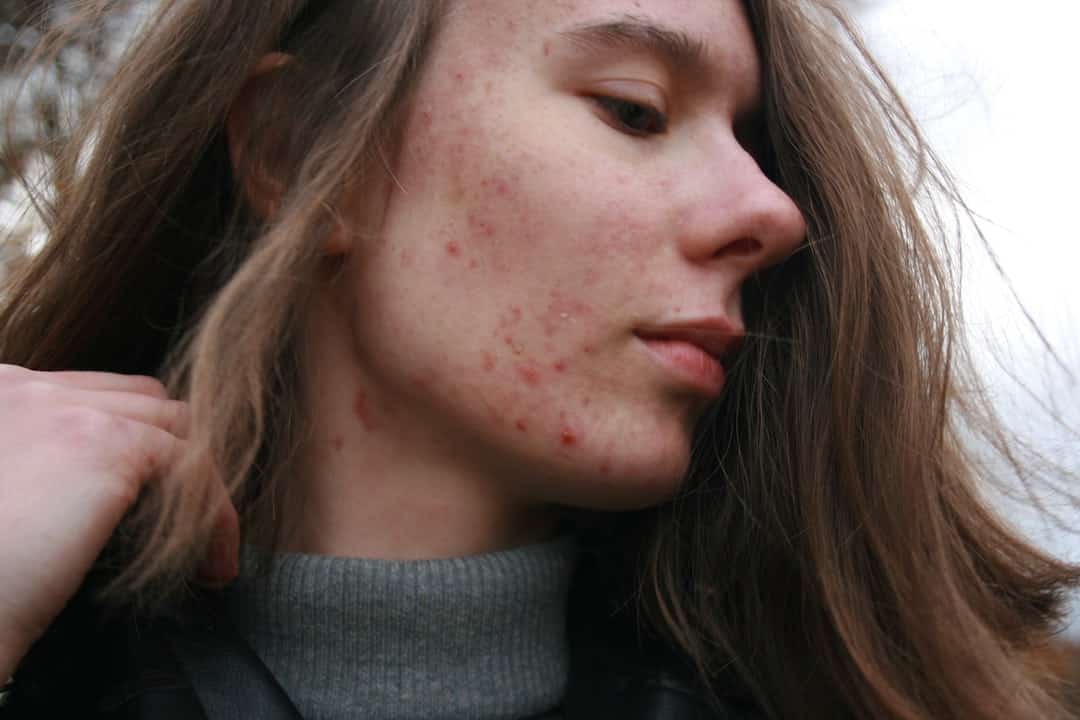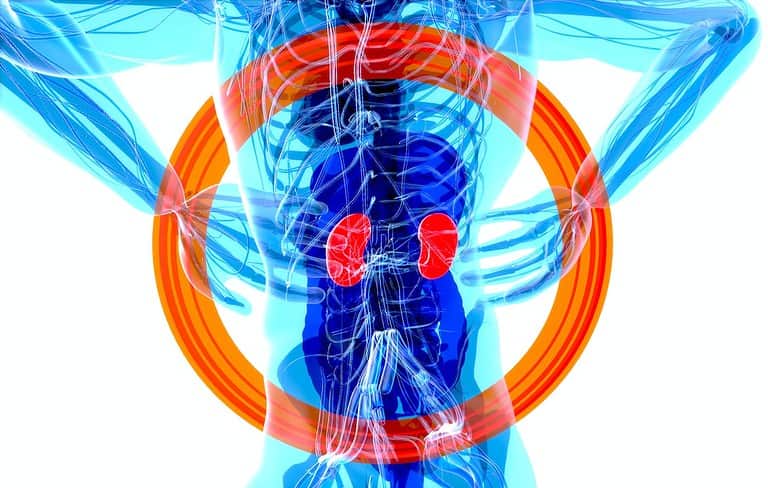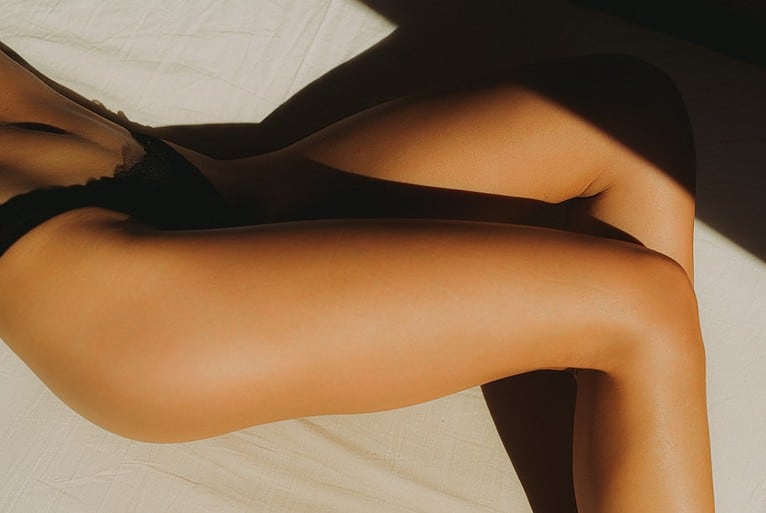Can Red Light Therapy Cause Acne? What You Need to Know
Red light therapy is a popular choice for many looking to improve their skin health, but can red light therapy cause acne? This article will provide an in-depth look into the potential effects of red light therapy on your complexion. We’ll explore what exactly this treatment entails and can red light therapy cause acne breakouts.
In addition, we’ll go over who should abstain from utilizing this treatment and how to guarantee that you get a dependable device. In the end, by grasping the potential perils of red light therapy, you can decide whether it’s suitable for your skincare regimen.
Table of Contents
Red Light Therapy for Acne Treatment
Can red light therapy cause acne?
RLT is a non-invasive, painless therapy that utilizes low-wavelength red light to stimulate collagen production and boost blood circulation in cells, thus reducing inflammation and clearing skin. RLT works by increasing collagen production and improving blood circulation in cells. This helps reduce inflammation, which can lead to fewer breakouts and clearer skin as well as reduce the appearance of age spots or wrinkles.
Red light therapy works by targeting the sebaceous glands, which produce oil and cause acne breakouts. The red light stimulates cell regeneration and increases blood flow to the area, reducing inflammation and promoting the healing of existing pimples while preventing new ones from forming.

(Source)
Red light therapy has demonstrated efficacy in treating mild to moderate cases of acne, with few side effects when used correctly and consistently over time. Studies have indicated that regular use can result in a decrease of scarring, improved texture, reduced pore size, diminished oiliness, brighter complexion overall tone improvement due to the stimulation of collagen production – all without any irritation or downtime associated with other treatments like chemical peels or laser resurfacing procedures.
While RLT is generally safe when administered properly under professional supervision, some people may experience minor discomfort during treatment due to heat generated from the lights themselves – this should not last long after each session ends though. Therefore, pregnant or breastfeeding women should seek medical advice before beginning any phototherapy treatments as the consequences of doing so without proper guidance could be detrimental to their baby’s growth.
Before opting for red light therapy to treat acne, it is essential to be aware of the potential risks and rewards. Blue light therapy vs red LED lights may provide a better solution depending on your individual needs; let’s take a closer look at how each works.
Blue Light Therapy vs. Red LED Lights
Red LED light and blue-hued laser therapy are two different phototherapies that can be employed to treat diverse skin issues, such as acne. BLT is a form of phototherapy utilizing blue light to target Acne Vulgaris, penetrating the pores and reducing inflammation caused by bacterial buildup.
The energy from the blue wavelength penetrates deep into the pores, killing off bacteria and reducing inflammation associated with acne breakouts. Red LED lights use low-wavelength red light to reduce wrinkles and age spots by stimulating collagen production in the skin.
Professional care proves more effective for treating acne with BLT than self-administered treatments due to a variety of factors, such as dosage discrepancies or application mistakes. In fact, studies have demonstrated that dermatologists can achieve positive results within four weeks of administering this type of phototherapy – reducing both inflammatory and noninflammatory lesions.
Red LED lights may also be a viable solution for acne, albeit indirectly. This form of phototherapy works by spurring on collagen production which plumps up wrinkles and softens any rough patches created from blemishes or scars – all without taking its toll on the underlying layers of skin that topical treatments might if used in excess or beyond their expiry date.
Blue light therapy has been found to be an effective treatment for acne, but red LED lights may also offer similar results. Low-level light therapies such as sunlight exposure can provide a natural alternative to traditional treatments and should be considered when seeking out the best way to treat your skin.
Low-Level Light Therapies as Alternatives to Traditional Treatments
RLT and blue light therapy have become more widespread as possible alternatives to conventional acne vulgaris treatments. While there is still a lack of conclusive evidence that these treatments are more effective than other less expensive methods, researchers have found that RLT can improve mild-to-moderate inflammatory lesions caused by moderate-severe cases of acne. Additionally, studies suggest that exposure to sunlight may also be beneficial in treating mild forms of the condition.
Blue light therapy uses visible blue LED lights similar to those found in some smartphones and tablets. This type of treatment has been shown to kill bacteria on the surface of the skin while reducing inflammation associated with acne lesions without causing any damage like sunburns from prolonged exposure as seen with UV rays.
Ultimately, these low-level therapies offer modern families an alternative way to treat their conditions without harsh medications or invasive anti-aging procedures – something worth considering if you’re looking for ways to make your family healthier and more independent.
Low-level light therapies can be a potential option for those with minor acne, but more serious cases should always be managed by a dermatologist. Professional care is often necessary to get the best results and ensure long-term success in treating moderate to severe acne.
Professional Care vs At-home Treatments
For those with mild-to-moderate acne, various treatments exist that can be done at home, while more serious cases may require a dermatologist’s expertise. For more serious instances of acne, a dermatologist’s specialized care is usually advised; yet, mild-to-moderate flare-ups can be managed with home remedies.
For severe cases of acne, it is best to consult a skin specialist immediately. A licensed physician can correctly identify the cause of your breakouts and tailor a treatment plan that targets the root of the problem. He or she may recommend using red light therapy, LLLT, or antibiotics to treat your pimples which may require multiple sessions over an extended period of time.
While red LED lights claim to kill bacteria and reduce inflammation, no clinical trials have proven their effectiveness. Some natural ingredients such as tea tree or coconut oil, when applied in small amounts, can alleviate minor breakouts, however, these too have the potential to irritate, so use caution.
Given the potential for age spots with long-term use, it’s always advisable to consult a doctor before initiating any laser or IPL phototherapy treatment plan. Professional sessions may cost between $100-$200 per session, though insurance companies could provide coverage for part or all of these costs depending on individual plans.
FAQs in Relation to Can Red Light Therapy Cause Acne
Can red light therapy cause acne?
No, red light therapy does not make you break out. Red light therapy is a non-invasive treatment that uses low levels of visible red light to penetrate the skin and stimulate cellular activity. This can help improve the appearance of wrinkles, reduce inflammation, boost collagen production, and more.
Does LED light therapy cause acne?
No, LED light therapy does not cause acne. While there is some evidence that certain types of light can aggravate existing acne conditions, this has been largely disproven in recent studies. Studies have demonstrated that LED light therapy can be effective in treating mild to moderate acne cases, as it is capable of reducing inflammation and eliminating bacteria on the skin’s surface.
What are the negative effects of red light therapy?
Red light therapy has been linked to a number of potential side effects, including eye strain, headaches, and fatigue. In certain situations, too much intensity can lead to skin irritation or even burning.
Moreover, its intense nature has raised concerns that it may cause long-term damage to the eyes. Finally, since red light therapy involves exposure to UV radiation, it carries an increased risk of developing skin cancer over time.
Conclusion
Can red light therapy cause acne?
Though there have been claims that red light therapy may lead to acne in some people, further research is needed to verify this potential hazard. It is best to consult a licensed dermatologist before starting any form of treatment for your breakouts. If you’re considering trying out red light therapy for yourself, make sure you do your due diligence and choose a quality device from a reputable manufacturer so that you can get the most benefit without risking an adverse reaction like acne breakouts.
Take the first step towards a healthier lifestyle by researching red light therapy and its potential to cause acne. With Smart Living Now, you can find reliable resources to make informed decisions about your well-being.







